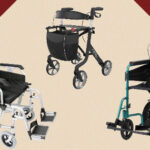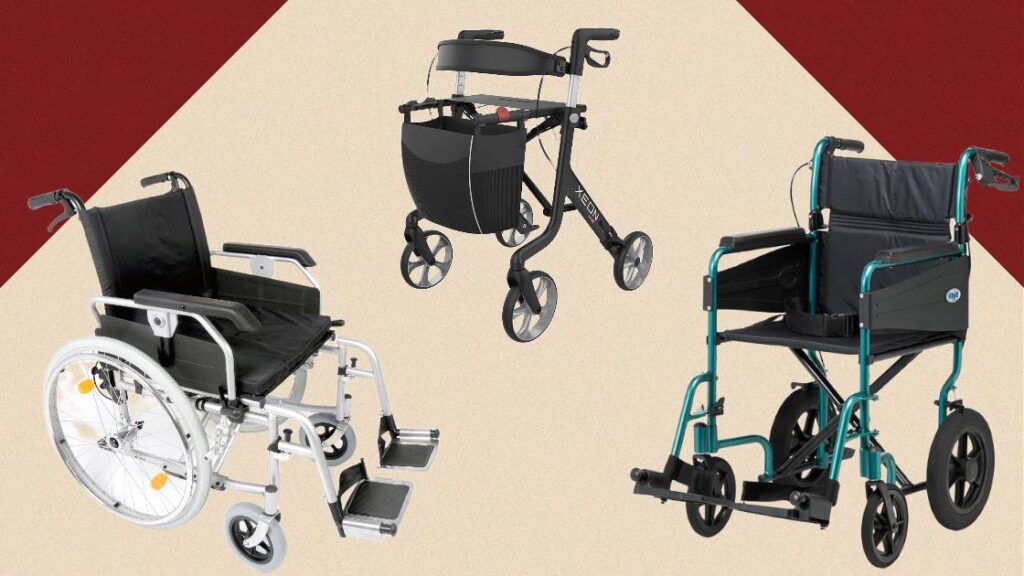
Imagine a world where navigating daily life isn't a constant struggle. For individuals with disabilities, this can often be a reality thanks to the empowering support of mobility aids. These tools, ranging from wheelchairs and scooters to walkers and canes, offer more than just physical assistance. They unlock a pathway to independence, improved well-being, and a more inclusive world.
Table of Contents
Unlocking a World of Freedom and Independence:
Imagine moving around with ease, tackling daily tasks without relying on others, and participating in activities you enjoy – all on your terms. Mobility aids make this possible. They provide the tools you need to navigate your environment confidently, whether it's conquering everyday errands, pursuing hobbies, or simply exploring your surroundings. This newfound independence fosters a sense of self-reliance and empowerment, allowing you to live life to the fullest.
Beyond the Physical: Boosting Your Well-being:
Mobility aids go beyond aiding movement. They play a crucial role in enhancing your overall well-being. By overcoming physical limitations, they reduce reliance on others, fostering a sense of accomplishment and boosting your confidence. This, in turn, contributes to improved self-esteem and a positive outlook on life.
Furthermore, mobility aids contribute to a more inclusive society. They break down physical barriers, allowing you to participate fully in all aspects of life. Whether it's accessing public transportation, attending social gatherings, or engaging in recreational activities, mobility aids empower you to connect with your community and embrace a diverse and inclusive world.
List of Mobility Aids:
The diverse range of mobility aids available ensures that there's a perfect fit for everyone's unique needs. Here's a glimpse into some popular options:
- Wheelchairs (manual and electric): Designed for individuals with limited mobility, wheelchairs offer independent movement and come in manual or electric options to suit your needs and preferences.
- Scooters: Ideal for those who struggle with walking long distances, scooters provide stability, speed control, and a comfortable seating position, allowing you to travel farther with ease.
- Walkers and canes: These aids offer support and balance for individuals with mild mobility issues or those who require extra stability while walking. They are lightweight, foldable, and adjustable, making them convenient for everyday use.
Beyond the Physical: The Unseen Benefits:
The benefits of mobility aids extend far beyond the physical realm. Let's delve deeper into some of the key advantages:
- Enhanced Independence: Accomplish daily tasks like dressing, grooming, and cooking without relying on others, fostering a sense of self-reliance and empowerment.
- Improved Mental Well-being: Increased confidence, self-esteem, and a sense of accomplishment lead to a better overall quality of life.
- Greater Social Inclusion: Participate fully in society, access public spaces, attend events, and engage in activities, fostering stronger connections and a sense of belonging.
Overcoming Challenges with Confidence:
Mobility aids empower you to overcome various physical challenges you may face:
- Wheelchairs: Navigate uneven terrain, conquer obstacles, and move freely in challenging environments.
- Scooters: Travel longer distances without experiencing fatigue or pain, allowing you to explore new places and maintain an active lifestyle.
- Walkers and canes: Reduce the risk of falls and provide the confidence to move around freely and safely in your surroundings.
Empowering Independence in Every Aspect of Life:
The impact of mobility aids extends beyond daily activities. They can empower you to achieve independence in various aspects of life:
- Daily life: Manage tasks like dressing, grooming, and cooking independently, fostering a sense of control and dignity.
- Workplace: Access workspaces, navigate the office environment, and perform job duties efficiently, promoting equal employment opportunities and career aspirations.
Choosing the Right Mobility Aid: A Personalized Approach
Selecting the right mobility aid is crucial to maximizing its benefits and ensuring your comfort and well-being. Here are some key factors to consider:
- Individual needs: Carefully assess your specific mobility limitations, lifestyle requirements, and personal preferences.
- Consult healthcare professionals: Physical or occupational therapists can provide valuable guidance and recommendations based on your individual needs and goals.
- Features and functionalities: Explore different options and consider factors like electric vs. manual operation, weight capacity, and adjustable features to find the perfect fit.
Support and Resources in the UK:
The UK provides various resources and support for individuals using mobility aids:
- The NHS: May offer financial assistance or support with obtaining mobility aids.
- Disability charities and support groups: Provide information, training, and emotional support.
- Mobility shops and suppliers: Offer a wide range of mobility aids and expert advice.
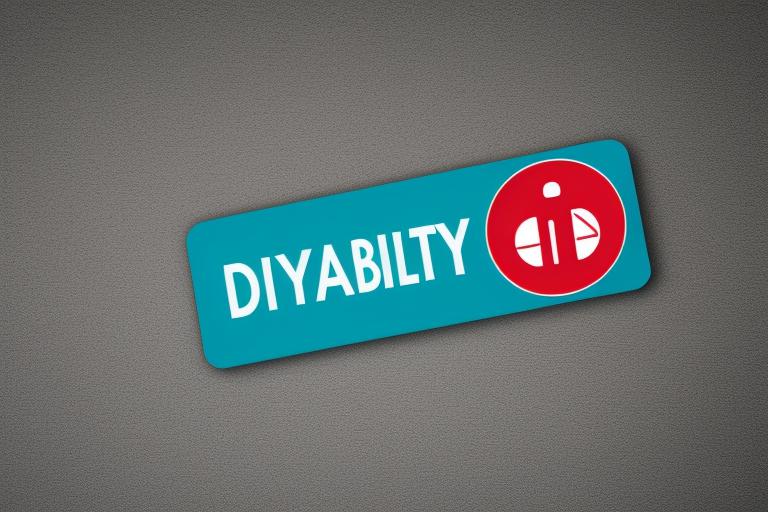
Ensuring Optimal Use and Maintenance:
For your mobility aid to function optimally and safely, proper use and maintenance are crucial. Here are some essential practices:
- Read and follow the instructions: Each mobility aid comes with specific instructions for its safe and effective use. Carefully review and understand these guidelines before using your aid.
- Regular maintenance: Clean, lubricate, and inspect your mobility aid regularly to prevent wear and tear and ensure smooth operation.
- Seek professional assistance: If you notice any signs of damage or malfunction, don't attempt to repair the aid yourself. Instead, seek professional assistance from a qualified technician or mobility repair shop.
Conclusion:
In short, mobility aids are more than just helpers – they're freedom boosters! They let you get around on your own, tackle daily tasks, and feel good about yourself. This helps you live life the way you want, be part of the community, and feel confident. With all the cool tech and better access around these days, the future looks bright for people with disabilities. Mobility aids are like having the perfect tools to conquer your day, with confidence and independence!
Frequently Asked Questions
What aids are available to assist with mobility?
- Mobility Scooters: These are three- or four-wheeled vehicles that are used by people who have difficulty walking long distances. Scooters are typically battery-powered and have handlebars for steering.
- Wheelchairs: These are chairs with wheels that are used by people who have difficulty walking or cannot walk at all. There are two main types of wheelchairs: manual and electric. Manual wheelchairs are powered by the user, while electric wheelchairs are powered by a battery.
- Rollators: These are lightweight walkers with three or four wheels that provide support and stability for people who have difficulty walking. Rollators typically have hand brakes and a basket for carrying items.
- Crutches: These are devices that are used under the arms to provide support and stability for people who have difficulty walking. Crutches are typically used in pairs.
- Stairlifts: These are powered devices that help people with mobility limitations safely ascend and descend stairs.
- Walking aids: This is a general term that encompasses a variety of devices that can help people with mobility limitations walk more safely and easily. Some common examples of walking aids include walkers, canes, and walking sticks.
- Walking frames: These are similar to walkers but have four legs and no wheels. They are typically used by people who need more support than a cane but can still walk some distance.
- Cane: A single-support device that is used for balance and stability. Canes can be helpful for people who have mild difficulty walking.
- Walking sticks: Similar to canes, but may have a wider base or additional features for stability.
- Transfer aids: These devices help people move from one place to another, such as from a bed to a wheelchair or from a wheelchair to a toilet. Some common examples of transfer aids include transfer boards, slide sheets, and gait belts.
- Handling Belts: These are belts worn around the waist of a person who needs assistance with transferring or ambulating. The caregiver can use the belt to provide support and stability during transfers.
- Knee walkers: An alternative to crutches that allows a person to move around while keeping their weight off their injured leg.
- Ramps: Provide a sloped surface that allows people with mobility limitations to easily access different levels, such as curbs or steps.
- Reclining chairs: These chairs can recline to a variety of positions, which can be helpful for people who have difficulty standing or sitting for long periods of time.
- Seat Cane: A combination of a chair and a cane, providing a place to rest while maintaining the ability to walk short distances with the cane.
- Wheelchair cushions: These cushions are designed to provide comfort and support for people who use wheelchairs for extended periods.
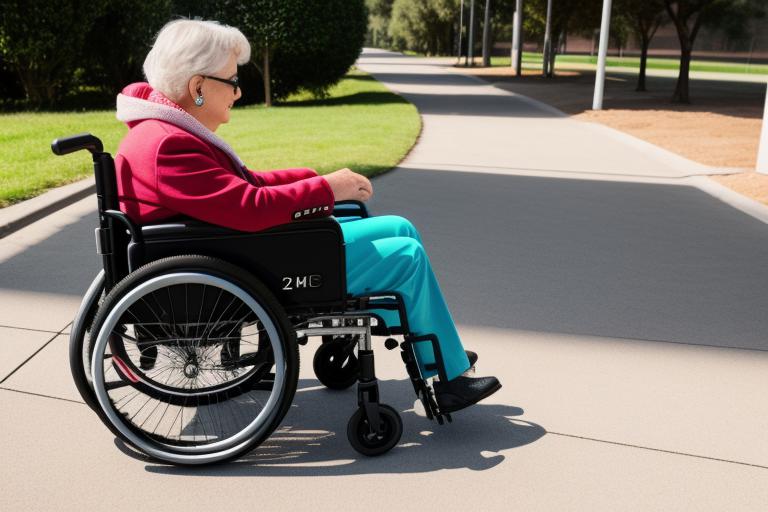
What are mobility aids?
Mobility aids are assistive devices designed to help individuals with mobility impairments improve their independence and freedom of movement. These devices can be used by people of all ages, from children with disabilities to older adults at risk of falling.
What are the types/different mobility aids?
There's a wide range of mobility aids available, each catering to specific needs. Here are some common types:
- Walking aids: Canes, crutches, walkers, and gait trainers offer varying levels of support for walking and maintaining balance.
- Wheelchairs and scooters: Manual and electric wheelchairs provide individuals with complete mobility, while scooters offer a seated option for longer distances.
- Transfer aids: Devices like shower chairs, transfer benches, and slide boards assist individuals with safely transferring between surfaces.
- Daily living aids: Reachers, grabbers, sock aids, and dressing sticks help individuals with everyday tasks like dressing, bathing, and reaching objects.
- Home modifications: Ramps, grab bars, and shower modifications adapt living spaces for increased accessibility.
What are examples of mobility equipment?
Mobility Shop likely offers a diverse range of equipment, including examples from each category mentioned above. Here are a few specific examples:
- Lightweight folding cane
- Adjustable crutches with ergonomic hand grips
- Four-wheeled walker with a seat and storage basket
- Manual wheelchair with pressure-relieving cushion
- Electric scooter with a foldable design
How do mobility aids work?
The functionality of mobility aids varies depending on the type and purpose.
- Canes and crutches: Provide additional support and stability while walking.
- Walkers: Offer a wider base of support and hand brakes for improved balance and stability.
- Wheelchairs: Allow individuals to move around independently by propelling themselves or being pushed by a caregiver.
- Transfer aids: Facilitate safe and easy transfers between surfaces, reducing the risk of falls.
- Daily living aids: Extend reach, increase grip strength, and assist with daily tasks, promoting independence in everyday activities.
Why are mobility aids used?
Mobility aids are used for various reasons, including:
- Managing chronic conditions: Individuals with arthritis, neurological conditions, or other impairments can use mobility aids to maintain their independence and mobility.
- Recovering from injuries: Mobility aids can provide temporary support after surgery or during rehabilitation, allowing individuals to recover safely and regain their mobility.
- Addressing age-related limitations: As individuals age, mobility aids can help them navigate their daily lives safely and confidently, preventing falls and promoting continued participation in their activities.
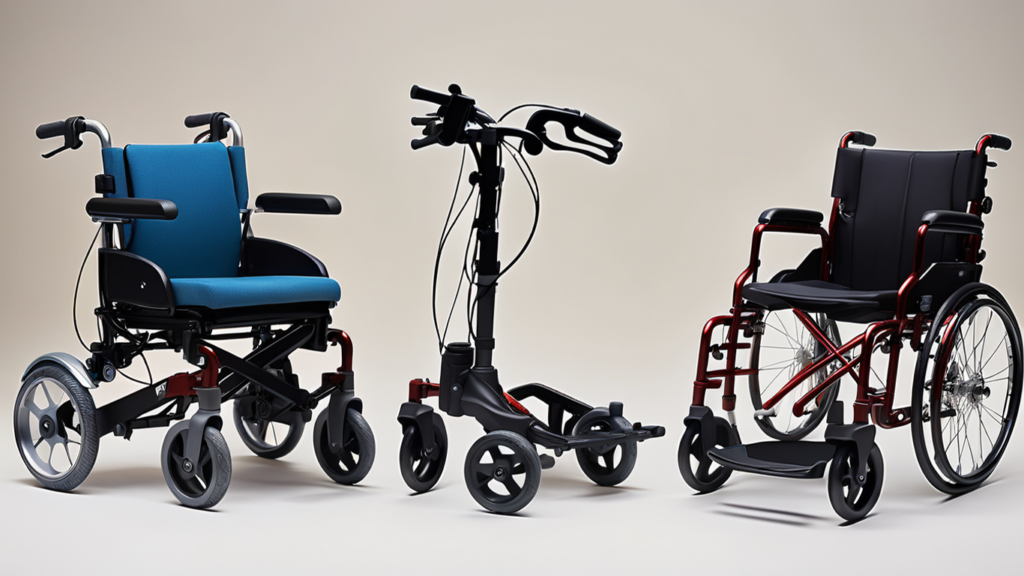
What is another name for mobility aids?
Mobility aids are also sometimes called:
- Assistive devices
- Adaptive equipment
- Mobility equipment
- Mobility products
What are the most common mobility aids?
Some of the most commonly used mobility aids include:
- Canes
- Crutches
- Walkers
- Wheelchairs (manual and electric)
- Scooters
- Grab bars
- Shower chairs
- Reachers and grabbers
- Dressing aids
What are the types of mobility issues?
Mobility issues can arise due to various factors and can affect individuals in different ways. Here are some common types:
- Difficulty walking: This can be caused by conditions like arthritis, muscle weakness, or neurological impairments.
- Balance problems: Individuals with balance issues may be at a higher risk of falls and may benefit from mobility aids for support.
- Reduced stamina: Fatigue or lack of endurance can make it challenging to walk long distances, and mobility aids can assist with maintaining independence.
- Limited range of motion: This can be caused by pain, stiffness, or other conditions and may necessitate specific assistive devices.
Who uses mobility devices?
Mobility devices are used by individuals of all ages and abilities who experience challenges with movement and daily living activities. This includes:
- People with disabilities: Individuals born with or who have acquired disabilities may use mobility aids throughout their lives.
- Older adults: As individuals age, they may require mobility aids to maintain their independence and safety in their homes and communities.
- Individuals recovering from injuries or surgeries: Mobility aids can provide temporary support during rehabilitation, allowing for safe recovery and regaining mobility.
What are examples of mobility support?
Mobility support encompasses various aspects beyond just devices. It can include:
- Occupational therapy: Occupational therapists assess individual needs and recommend appropriate assistive devices and strategies for daily living activities.
- Home modifications: Installing ramps, grab bars, and other modifications can significantly improve accessibility and safety within the home environment.
- Community resources: Support groups, transportation services, and other community resources can play a crucial role in promoting independence and well-being for individuals who use mobility aids.
What is the difference between a mobility aid and a device?
While often used interchangeably, there is a subtle difference between a mobility "aid" and a mobility "device."
- Mobility aid: This term emphasizes the assistive function of the equipment, highlighting its purpose in helping individuals with mobility limitations.
- Mobility device: This term focuses on the physical object itself, without necessarily specifying its assistive nature.
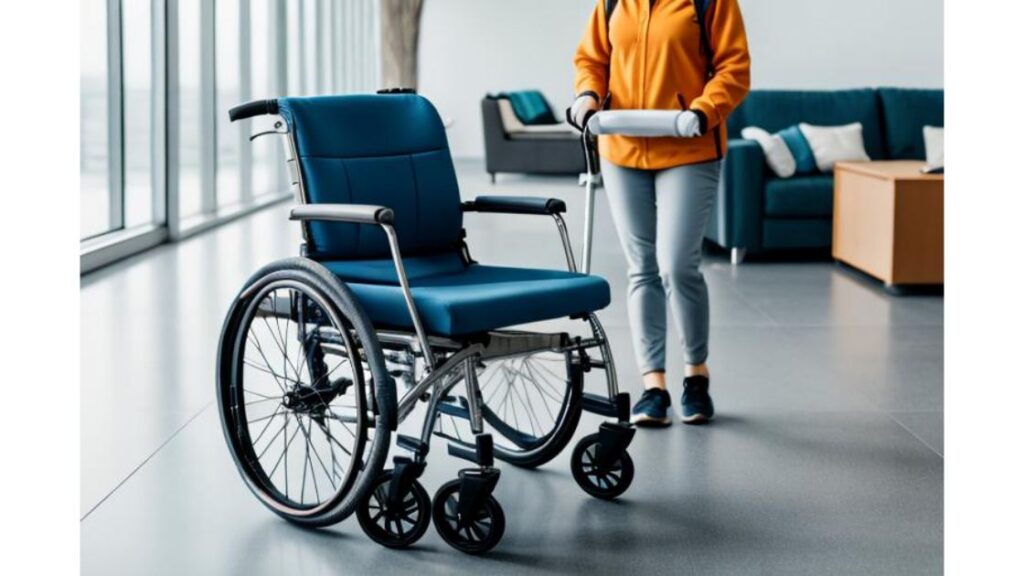
What are the benefits of mobility aids for the elderly?
Mobility aids offer numerous benefits for older adults, including:
- Increased independence: They allow seniors to maintain their independence and continue performing daily activities safely and comfortably.
- Reduced risk of falls: Improved support and stability can significantly decrease the risk of falls, a significant concern for seniors.
- Enhanced participation: Mobility aids can help seniors stay engaged in their communities and participate in activities they enjoy, promoting overall well-being.
- Improved confidence: By enabling greater independence and reducing fall risks, mobility aids can boost confidence and self-esteem in seniors.
Who assesses for mobility aids?
Several healthcare professionals can assess the need for and recommend appropriate mobility aids, including:
- Physicians: They can perform a physical examination and assess an individual's specific needs and limitations.
- Occupational therapists or GP: These specialists evaluate daily living activities and recommend assistive devices and strategies to improve independence at home.
- Physical therapists: They can create exercise programs and recommend mobility aids to enhance strength, balance, and mobility.
What is the use of a wheelchair for mobility?
Wheelchairs provide individuals with complete mobility when walking is not possible or safe. They are used by people with various conditions affecting their legs, balance, or stamina. Wheelchairs come in manual and electric models, catering to different needs and preferences.
How many people need mobility aids?
The exact number of individuals using mobility aids varies depending on the definition and population studied. However, estimates suggest that a significant portion of the elderly population, potentially 20-50%, rely on some form of mobility aid like canes, walkers, or wheelchairs.
When should I start using mobility aids?
There's no one-size-fits-all answer to this question. The decision to use mobility aids should be made in consultation with a healthcare professional who can assess your individual needs and recommend the most appropriate solution. Generally, mobility aids are considered when:
- Maintaining safe and independent mobility becomes challenging.
- The risk of falls increases due to weakness, balance problems, or other limitations.
- Daily activities become difficult or impossible to perform without assistance.
What are the two main types of mobility?
In the context of human movement, the two main types of mobility are:
- Joint mobility: This refers to the range of motion at each joint, allowing for bending, stretching, and twisting movements.
- Functional mobility: This refers to the ability to perform everyday activities independently, such as walking, dressing, bathing, and transferring between surfaces.
What is mobility in the elderly?
Mobility in the elderly refers to their ability to move around and perform daily activities independently. As individuals age, various factors can affect their mobility, including:
- Muscle weakness and decreased strength
- Joint stiffness and pain
- Reduced balance and coordination
- Vision and hearing impairments
How many types of wheelchairs are there?
Wheelchairs come in various types to cater to individual needs and preferences. Here are some common examples:
- Manual wheelchairs: Propelled by the user using hand rims.
- Electric wheelchairs: Operated with a joystick or controller, offering greater independence for individuals with limited upper body strength.
- Standing wheelchairs: Allow individuals to stand upright for improved social interaction, pressure relief, and functional activities.
- Lightweight wheelchairs: Designed for portability and ease of use, often used for short distances or travel.
- Living Independently with a wheelchairThe number of people using wheelchairs has steadily increased in recent years. For some, it's the result of an accident or illness; for others, it’s been a lifelong necessity due to a congenital condition. However,… Read more: Living Independently with a wheelchair
- Best Wheelchairs for Back Pain: Support & Comfort SolutionsLiving with back pain can complicate daily tasks, particularly for those who use wheelchairs. Selecting the appropriate wheelchair can significantly impact not only your comfort but also your mobility and independence. If you experience back… Read more: Best Wheelchairs for Back Pain: Support & Comfort Solutions
- Riser Recliner Chair Buying Guide: A Deep DiveStruggling to sit down or stand up from a chair can be a daily challenge, particularly for those with limited mobility or chronic pain. A typical chair may not provide the necessary support, leading to… Read more: Riser Recliner Chair Buying Guide: A Deep Dive
- The Wheelchair Buying Guide: Everything You Need to Know1. Why Choosing the Right Wheelchair Matters? Choosing the right wheelchair is a big deal and can make a huge difference in your life. Whether you want independence, support for daily living or more comfort,… Read more: The Wheelchair Buying Guide: Everything You Need to Know
- A Guide to Buying the Right Bariatric WheelchairAre you or a loved one in need of a bariatric wheelchair to improve mobility and regain independence? Finding the right wheelchair that meets your unique needs can be overwhelming. But worry not, because we… Read more: A Guide to Buying the Right Bariatric Wheelchair
- The Best Transit Wheelchair from Mobility ShopLooking to rediscover your independence and explore the world with ease? Look no further than Mobility Shop's extensive range of top-rated transit wheelchairs! These lightweight champions are designed for seamless mobility, empowering you to navigate… Read more: The Best Transit Wheelchair from Mobility Shop
- Self Propelled vs Transit Wheelchairs: Which is Right for You?Choosing the right wheelchair can be overwhelming, especially with the variety of options available. If you're unsure whether to go for a self propelled wheelchair or a transit wheelchair, it can be challenging to make… Read more: Self Propelled vs Transit Wheelchairs: Which is Right for You?
- Best Wheelchair Accessories for a More Comfortable ExperienceDo you find yourself wishing for a smoother, more comfortable wheelchair experience? Whether it’s dealing with aches from long periods of sitting, struggling with storage space, or navigating uneven surfaces, small challenges can add up… Read more: Best Wheelchair Accessories for a More Comfortable Experience

